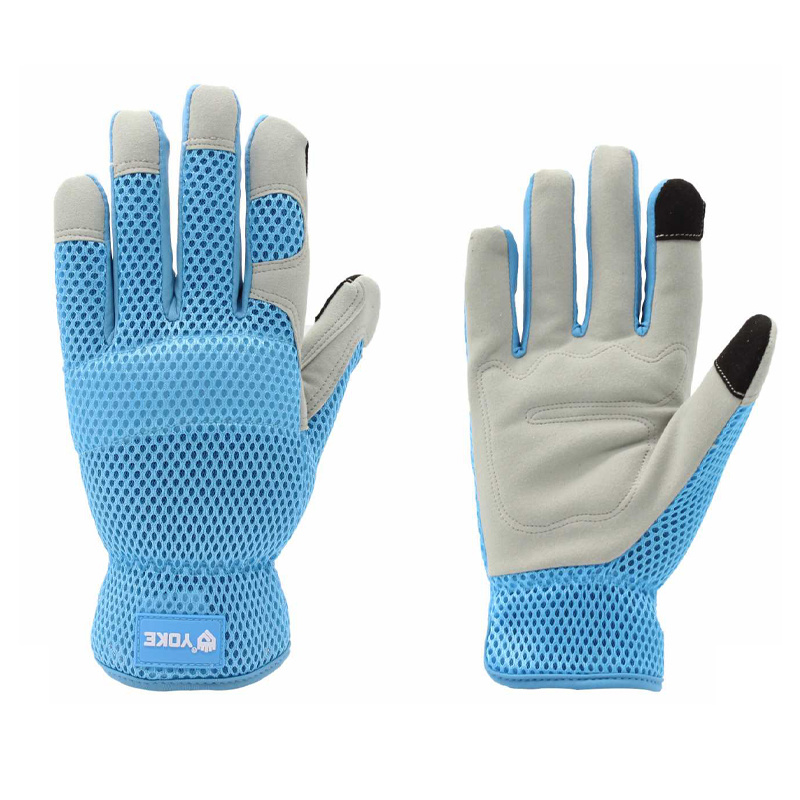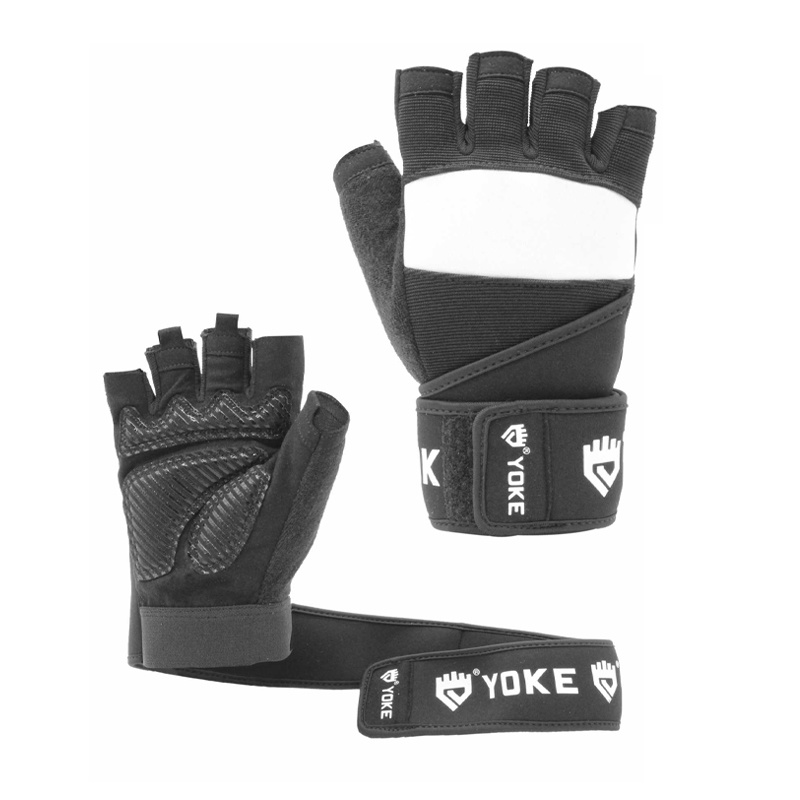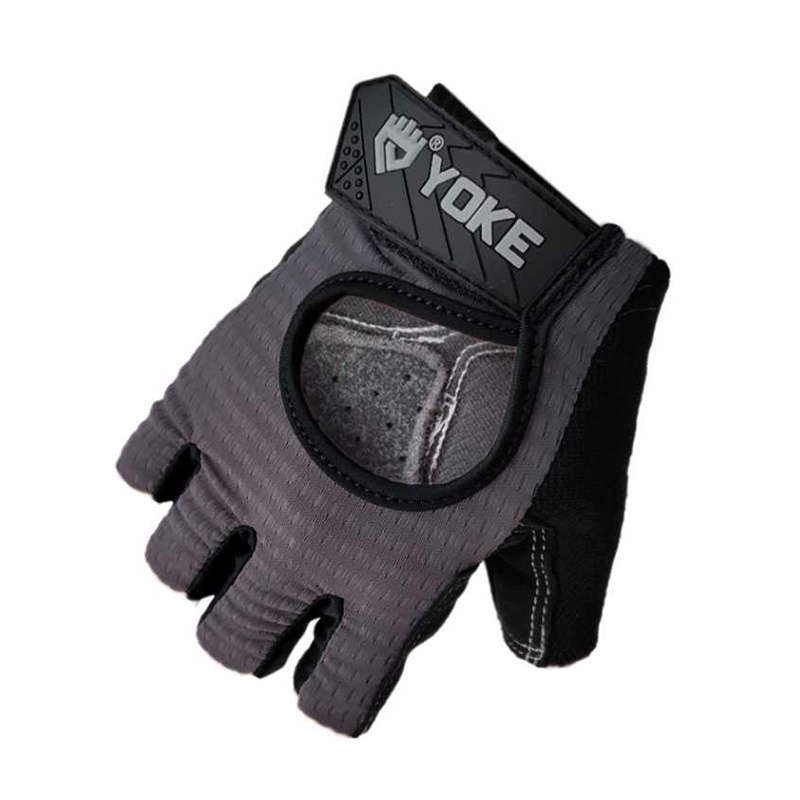Enhancing Safety: Why Fingerless Gloves are Essential for Workers
Release time:
2025-04-25
Enhancing Safety: Why Fingerless Gloves are Essential for Workers Table of Contents 1. Introduction to Fingerless Gloves in the Workplace 2. The Importance of Hand Protection for Workers 3. Advantages of Fingerless Gloves Over Traditional Gloves 3.1 Improved Dexterity and Grip 3.2 Enhanced Breathability and Comfort 4. Key Features to Look for in Fingerless Gloves 4.1 Material Choices 4.2 Safety Ra
Enhancing Safety: Why Fingerless Gloves are Essential for Workers
Table of Contents
1. Introduction to Fingerless Gloves in the Workplace
2. The Importance of Hand Protection for Workers
3. Advantages of Fingerless Gloves Over Traditional Gloves
3.1 Improved Dexterity and Grip
3.2 Enhanced Breathability and Comfort
4. Key Features to Look for in Fingerless Gloves
4.1 Material Choices
4.2 Safety Ratings and Standards
5. Applications of Fingerless Gloves in Various Industries
5.1 Construction Industry
5.2 Automotive Industry
5.3 Manufacturing and Assembly Line Work
6. How to Properly Maintain Fingerless Gloves
7. Frequently Asked Questions (FAQs)
8. Conclusion
1. Introduction to Fingerless Gloves in the Workplace
In today's fast-paced work environments, ensuring safety while maintaining productivity is a significant challenge. Workers often require tools that not only protect them but also allow for the necessary dexterity to perform their tasks effectively. **Fingerless gloves** have emerged as a popular solution, providing a balance between safety and functionality. This article delves into the reasons why fingerless gloves are essential for workers and how they enhance safety in various settings.
2. The Importance of Hand Protection for Workers
Hand injuries are among the most common workplace accidents, leading to significant downtime and financial costs for businesses. According to the Occupational Safety and Health Administration (OSHA), hand injuries account for nearly one-third of all workplace injuries. This highlights the need for effective hand protection to mitigate risks and ensure worker safety. Fingerless gloves offer a practical solution, allowing workers to safeguard their hands while maintaining the dexterity necessary for their tasks.
3. Advantages of Fingerless Gloves Over Traditional Gloves
When it comes to hand protection, fingerless gloves provide several advantages that make them preferable to traditional fully-gloved options.
3.1 Improved Dexterity and Grip
One of the most significant benefits of fingerless gloves is the **enhanced dexterity** they provide. Workers can easily manipulate tools, handle small parts, and perform intricate tasks without the bulkiness of traditional gloves. The absence of material covering the fingers allows for a more natural grip, which is especially important in jobs requiring precision and control.
3.2 Enhanced Breathability and Comfort
Fingerless gloves are often made from breathable fabrics that keep hands cool and comfortable during prolonged wear. This is particularly beneficial in environments where workers may be exposed to heat or moisture. The open-finger design also helps reduce sweat buildup, making fingerless gloves a more comfortable option for long shifts.
4. Key Features to Look for in Fingerless Gloves
Not all fingerless gloves are created equal. When selecting the right pair, it's crucial to consider the following features:
4.1 Material Choices
The material used in fingerless gloves can greatly affect their performance and durability. Common materials include leather, synthetic fabrics, and cotton blends. Leather offers excellent durability and grip, while synthetic materials may provide better breathability and flexibility. Consider the specific demands of your work environment when choosing glove materials.
4.2 Safety Ratings and Standards
Always look for fingerless gloves that meet industry safety standards. Gloves should have appropriate certifications indicating their ability to protect against cuts, abrasions, and other hazards. Understanding the safety ratings will ensure you choose gloves that offer adequate protection for your specific needs.
5. Applications of Fingerless Gloves in Various Industries
Fingerless gloves are versatile and can be used in multiple industries, enhancing safety and performance across the board.
5.1 Construction Industry
In construction, workers often handle tools and materials that require a firm grip and precision. Fingerless gloves provide the necessary protection while allowing for the dexterity needed to work effectively.
5.2 Automotive Industry
Mechanics and automotive workers benefit from fingerless gloves as they work on intricate components. These gloves provide protection against cuts and abrasions while allowing for detailed hand movements.
5.3 Manufacturing and Assembly Line Work
In manufacturing settings, fingerless gloves enable workers to quickly assemble products without sacrificing safety. The open-finger design allows for enhanced tactile feedback, crucial for quality control processes.
6. How to Properly Maintain Fingerless Gloves
To ensure the longevity and effectiveness of fingerless gloves, proper maintenance is essential. Here are some tips:
1. **Regular Cleaning**: Depending on the material, clean the gloves regularly to remove dirt and oils that can accumulate during work.
2. **Inspect for Wear and Tear**: Periodically check for any signs of damage, such as tears or weakened seams, and replace gloves as necessary.
3. **Store Properly**: Keep gloves in a clean, dry place when not in use, avoiding exposure to excessive moisture that could lead to mold or degradation.
7. Frequently Asked Questions (FAQs)
What are the primary benefits of using fingerless gloves in the workplace?
Fingerless gloves offer improved dexterity, enhanced breathability, and a better grip, making them ideal for tasks requiring precision and control.
Are fingerless gloves suitable for all work environments?
While fingerless gloves are versatile, they may not be suitable for environments with extreme hazards. Always assess the specific risks involved in your industry before selecting gloves.
How do I choose the right size of fingerless gloves?
Measure your hand's width and length, then refer to the manufacturer's sizing chart to select the correct size. Proper fit is crucial for optimal performance and protection.
Can fingerless gloves provide adequate protection against cuts?
Yes, many fingerless gloves are designed with cut-resistant materials and meet safety standards for hand protection. Always check the specifications before use.
How often should I replace my fingerless gloves?
Replace your gloves when they show signs of wear, such as fraying or loss of grip, or when they no longer provide adequate protection.
8. Conclusion
In conclusion, fingerless gloves have become an essential component of workplace safety equipment. They offer a unique combination of protection, dexterity, and comfort, making them ideal for various industries. By understanding the benefits, features, and proper maintenance of fingerless gloves, workers can enhance their safety and efficiency. Investing in high-quality fingerless gloves not only protects workers but also contributes to a safer work environment overall.
Key words:
Mechanical gloves Safety gloves Work gloves






